| [1] Honeybul S,Ho KM.How “successful” is calvarial reconstruction using frozen autologous bone.Plast Reconstr Surg.2012;130(5):1110-1117.[2] Joseph V,Reilly P.Syndrome of the trephined.J Neurosurg. 2009;111:650-652.[3] Lee CH,Chung YS,Lee SH,et al.Analysis of the factors influencing bone graft infection after cranioplasty.J Trauma Acute Care Surg.2012;73(1):255-260.[4] Neovius E,Engstrand T.Craniofacial reconstruction with bone and biomaterials: review over the last 11 years.J Plast Reconstr Aesthet Surg.2010;63(10):1615-1623.[5] Wachter D,Reineke K,Behm T,et al.Cranioplasty after decompressive hemicraniectomy: underestimated surgery-associated complications? Clin Neurol Neurosurg. 2013;115(8):1293-1297.[6] Bobinski L,Koskinen LO,Lindvall P.Complications following cranioplasty using autologous bone or polymethylmethacrylate—retrospective experience from a single center.J Craniofac Surg.2013;18(24):1606-1609.[7] Chang V,Hartzfeld P,Langlois M,et al.Outcomes of cranial repair after craniectomy.J Neurosurg.2010;112(5):1120-1124.[8] Lin AY,Kinsella CR Jr,Rottgers SA,et al.Custom porous polyethylene implants for large-scale pediatric skull reconstruction:early outcomes.J Craniofac Surg. 2012;23(5): 67-70.[9] 郝强,赵丽,关继奎,等.人工骨材料在骨缺损修复中的应用[J].中国组织工程研究与临床康复,2009,13(34):6745-6748.[10] 郝剑,郝钊.骨移植材料研究进展[J].中国中西医结合外科杂志, 2016,22(1):92-94.[11] 归来,左锋,张智勇,等.颅骨缺损的个性化修复[J].中华整形外科杂志,2004,20(2):98-100.[12] Wheeler DL,Stokes KE,Hoellrich RG,et al.Effect of bioactive glass particle size on osseous regeneration of cancellous defects.J Biomed Mater Res.1998;41(4):527-533.[13] Aitasalo KM,Piitulainen JM,Rekola J,et al.Craniofacial bone reconstruction with bioactive fiber-reinforced composite implant.Head Neck.2014;36(5):722-728.[14] Piedra MP,Thompson EM,Selden NR,et al.Optimal timing of autologous cranioplasty after decompressive craniectomy in children.J Neurosurg Pediatr.2012;9(10):268-272.[15] Sundseth J,Sundseth A,Berg-Johnsen J,et al.Cranioplasty with autologous cryopreserved bone after decompressive craniectomy: complications and risk factors for developing surgical site infection. Acta Neurochir (Wien). 2014;156(4): 805-811.[16] Chen Y,Yan Y,Li X,et al.Application of ultrasound on monitoring the evolution of the collagen fiber reinforced nHAC/CS composites in vivo.Biomed Res Int. 2014;35(2): 4183-4192.[17] Gao T,Aro HT,Ylänen H,et al.Silica-based bioactive glasses modulate expression of bone morphogenetic protein-2mRNA in Saos-2 osteoblasts in vitro.Biomater. 2001;22(12): 1475-1483.[18] Knabe C,Stiller M,Berger G,et al.The effect of bioactive glass ceramics on the expression of bone-related genes and proteins in vitro.Clin Oral Implants Res.2005;16(1):119-127.[19] 吴锦春,孙俊英,王禹基,等.生物活性玻璃颗粒治疗股骨干骨折的疗效评价[J].苏州大学学报:医学版,2005,25(2):298-299.[20] Xu W,Ma J,Jabbari E.Material properties and osteogenic differentiation of marrow stromal cells on fiber-reinforced laminated hydrogel nanocomposites.Acta Biomater. 2010; 6(6):1992-2002.[21] Ballo AM,Cekic-Nagas I,Ergun G,et al.Osseointegration of fiber-reinforced composite implants: histological and ultrastructural observations.Dent Mater.2014;30(12):384-395.[22] Posti JP,Piitulainen JM,Hupa L,et al.A glass fiber-reinforced composite - bioactive glass cranioplasty implant: A case study of an early development stage implant removed due to a late infection.J Mech Behav Biomed Mater.2015;55(14):191-200.[23] Guarino V,Ambrosio L.The synergic effect of polylactide fiber and calcium phosphate particle reinforcement in poly epsilon-caprolactone-based composite scaffolds.Acta Biomater.2008;6(4): 1778-1787.[24] Vallittu PK.Effect of 10 years of in vitro aging on the flexural properties of fiber-reinforced resin composites.Int J Prosthodont. 2007;20(1):43-45.[25] Piitulainen JM,Kauko T,Aitasalo KM,et al.Outcomes of cranioplasty with synthetic materials and autologous bone grafts.World Neurosurg.2015;83(5):708-714.[26] Petersen RC.Titanium Implant Osseointegration Problems with Alternate Solutions Using Epoxy/Carbon-Fiber- Reinforced Composite.Metals (Basel).2014;4(4):549-569.[27] Llapur CJ,Martinez MR,Caram MM,et al.Increased lung volume in infants and toddlers at high compared to low altitude.Pediatr Pulmonol.2013;12(48):1224-1230.[28] Ueki K,Ishihara Y,Yoshizawa K,et al.Evaluation of bone formation after sagittal split ramus osteotomy using different fixation materials.J Craniomaxillofac Surg. 2015;43(5): 710-716. [29] Chou JI,Fong HJ,Kuang SH.A retrospective analysis of the stability and relapse of soft and hard tissue change after bilateral sagittal split osteotomy for mandibular setback of 64 Taiwanese patients.J Oral Maxillofac Surg. 2005;21(63): 355-361.[30] Ueki K,Okabe K,Miyazaki M,et al.Skeletal stability after mandibular setback surgery: comparisons among unsintered hydroxyapatite/poly-L-lactic acid plate, poly-L-lactic acid plate, and titanium plate.J Oral Maxillofac Surg. 2011;8(69): 1464-1468.[31] Yadla S,Campbell PG,Chitale R,et al.Effect of early surgery, material, and method of flap preservation on cranioplasty infections: a systematic review.Neurosurgery. 2011;25(68): 1124-1129. |
.jpg)
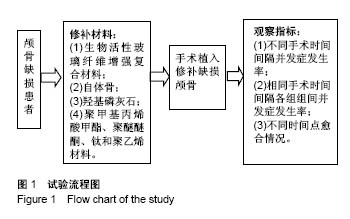
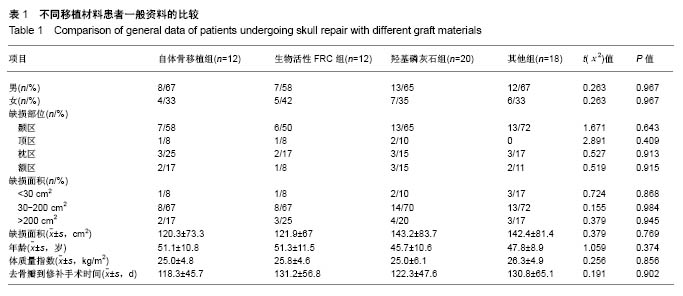
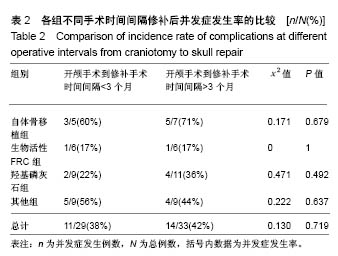

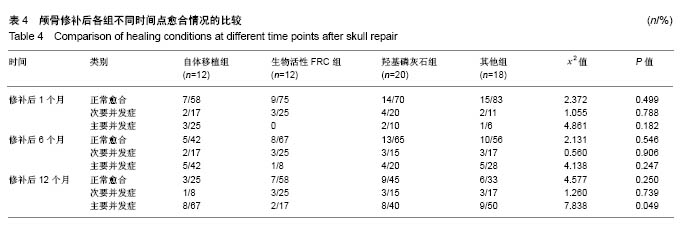
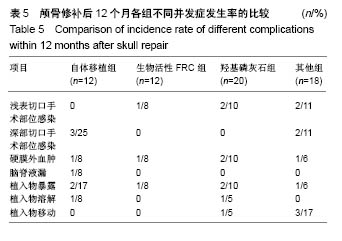
.jpg)